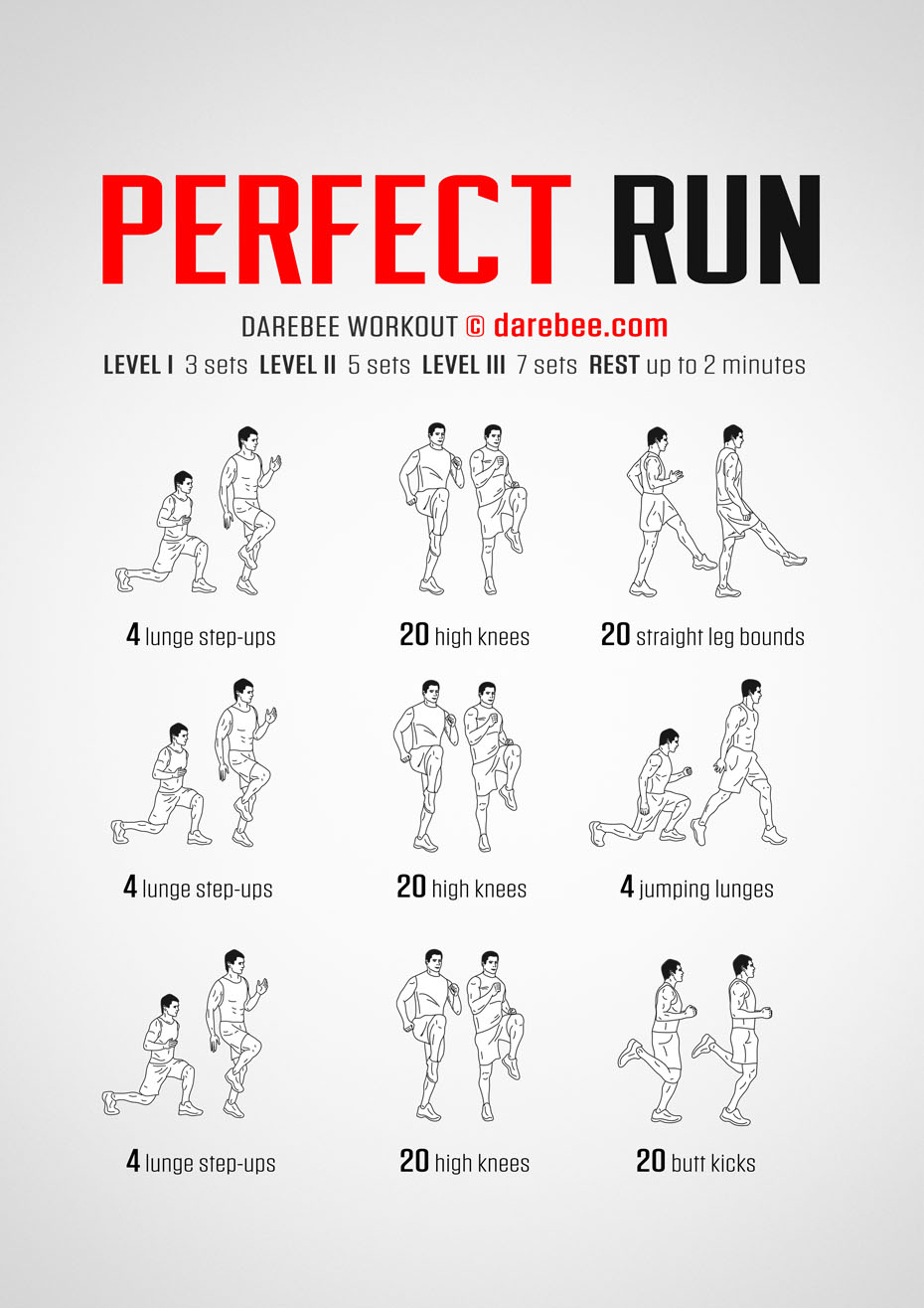Overcoming Pain in Running: Approaches and Techniques That Job
Discomfort is a common buddy for several runners, often functioning as an obstacle to achieving their preferred objectives. However, with the best approaches and techniques, it is possible to get rid of and also avoid the pain connected with running. By discovering numerous approaches such as understanding the different kinds of running discomfort, maximizing shoes and kind, incorporating cross-training and strength exercises, carrying out reliable recuperation methods, and preserving appropriate nourishment and hydration, joggers can potentially ease their discomfort and improve their total running experience.
Comprehending Different Sorts Of Running Pain

Another type of running discomfort is joint discomfort, which can manifest as a sharp or achy pain in locations such as the knees, hips, or ankles (running workout). Joint discomfort might be triggered by aspects like inappropriate running form, overuse, or underlying conditions like joint inflammation (check over here). It is necessary to differentiate between muscle mass pain and joint discomfort, as the latter may need medical focus to stop further injury
Understanding the various kinds of running discomfort is critical for efficient management and avoidance methods to make sure a secure and enjoyable running experience.
Appropriate Footwear and Running Type
To maximize efficiency and decrease the risk of running-related injuries, picking proper footwear and keeping appropriate running form are essential parts for runners of all degrees. Appropriate footwear plays a critical function in providing assistance, cushioning, security, and protection for the feet and reduced limbs. It is advised to select running footwear that are particularly designed for the individual's foot kind, running gait, and the kind of running activity they participate in. Getting suitabled for shoes at a specialized running store can aid guarantee the appropriate fit and support.

Cross-Training and Strength Workouts
Taking part in cross-training and incorporating stamina exercises right into a running routine can considerably boost general performance and minimize the possibility of injuries. Cross-training, such as biking or swimming, assists improve cardio physical fitness while offering running muscle mass a break from repetitive effect. It also aids strengthen various muscle groups, bring about much better total body conditioning. Stamina workouts, like squats, lunges, and core workouts, play a critical function in maintaining muscles and boosting running efficiency. They can remedy muscular tissue imbalances, improve dexterity, and increase power outcome, every one of which are important for running efficiency.
It is crucial to enable for sufficient rest in between running sessions and cross-training tasks to stop overuse injuries. By integrating these elements right into a running regimen, runners can build a stronger structure, enhance performance, and enjoy an extra lasting running experience - check over here.
Recovery and Relax Strategies
Having actually established the importance of cross-training and toughness exercises in an extensive running routine, focus can now be directed in the direction of Healing and Rest Strategies as indispensable elements for optimizing efficiency and decreasing the danger of injuries. (running workout)
Recovery after running is crucial for muscle mass repair work and growth. Strategies such as foam rolling, extending, and massage aid in minimizing muscle pain and improving adaptability. Adequate remainder in between runs enables the body to recoup and adapt to the physical stress and anxiety, stopping overuse injuries.
Incorporating energetic recuperation days into a training timetable, where low-intensity activities like walking or biking are performed, can improve blood flow and promote recovery without placing excess strain on the muscle mass. In addition, proper hydration and nutrition play an essential role in the healing procedure by replenishing lost liquids and nutrients.
Quality rest is another necessary facet of recovery that ought to not be overlooked. During sleep, the body undertakes repair and regeneration processes, adding to overall physical and mental wellness. By focusing on recuperation and rest methods, joggers can keep optimal performance levels and minimize the chance of experiencing discomfort or injuries.
Nourishment and Hydration for Runners
How can joggers maximize their efficiency via correct nourishment and hydration techniques? Nourishment and hydration are essential facets of a jogger's training routine, playing an essential role in performance, endurance, and recovery. To boost efficiency, joggers need to concentrate useful content on eating a healthy diet plan that includes carbs, proteins, healthy and balanced fats, vitamins, and minerals. Carbs give energy for running, while proteins help in muscular tissue repair and recovery. Healthy and balanced fats sustain general health and help in soaking up essential nutrients. Ample hydration is additionally vital to preserve optimal performance, as also moderate dehydration can negatively influence running efficiency. Runners need to consume water before, throughout, and after their runs to stay hydrated. Electrolytes, such as salt and potassium, are likewise important for keeping fluid equilibrium and muscle mass function - running strategy. In addition, timing meals and treats properly prior to runs can assist prevent stomach discomfort and provide the needed energy for peak efficiency. By focusing on their nourishment and hydration, runners can enhance their endurance, speed up healing, and perform at their ideal.
Final Thought
To conclude, by understanding the different sorts of running discomfort, using correct footwear, maintaining right running kind, including cross-training and strength exercises, prioritizing healing and remainder, and concentrating on nourishment and hydration, joggers can effectively conquer pain and enhance their efficiency. Carrying out these approaches and strategies can help runners prevent injuries, enhance their endurance, and ultimately delight in a more fulfilling running experience.